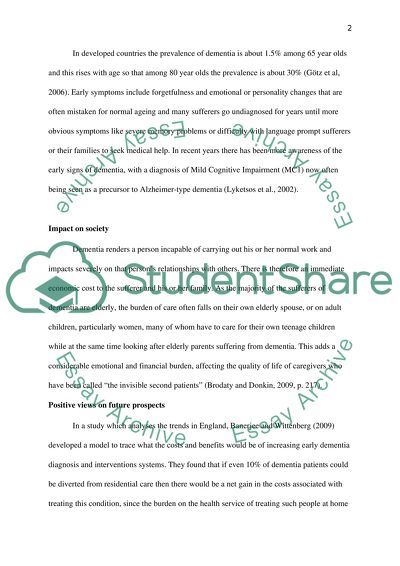Cite this document
(“Dementia And The Elderly: Clinical And Social Implications For The Term Paper”, n.d.)
Dementia And The Elderly: Clinical And Social Implications For The Term Paper. Retrieved from https://studentshare.org/biology/1487636-brain-function-and-memory
Dementia And The Elderly: Clinical And Social Implications For The Term Paper. Retrieved from https://studentshare.org/biology/1487636-brain-function-and-memory
(Dementia And The Elderly: Clinical And Social Implications For The Term Paper)
Dementia And The Elderly: Clinical And Social Implications For The Term Paper. https://studentshare.org/biology/1487636-brain-function-and-memory.
Dementia And The Elderly: Clinical And Social Implications For The Term Paper. https://studentshare.org/biology/1487636-brain-function-and-memory.
“Dementia And The Elderly: Clinical And Social Implications For The Term Paper”, n.d. https://studentshare.org/biology/1487636-brain-function-and-memory.


